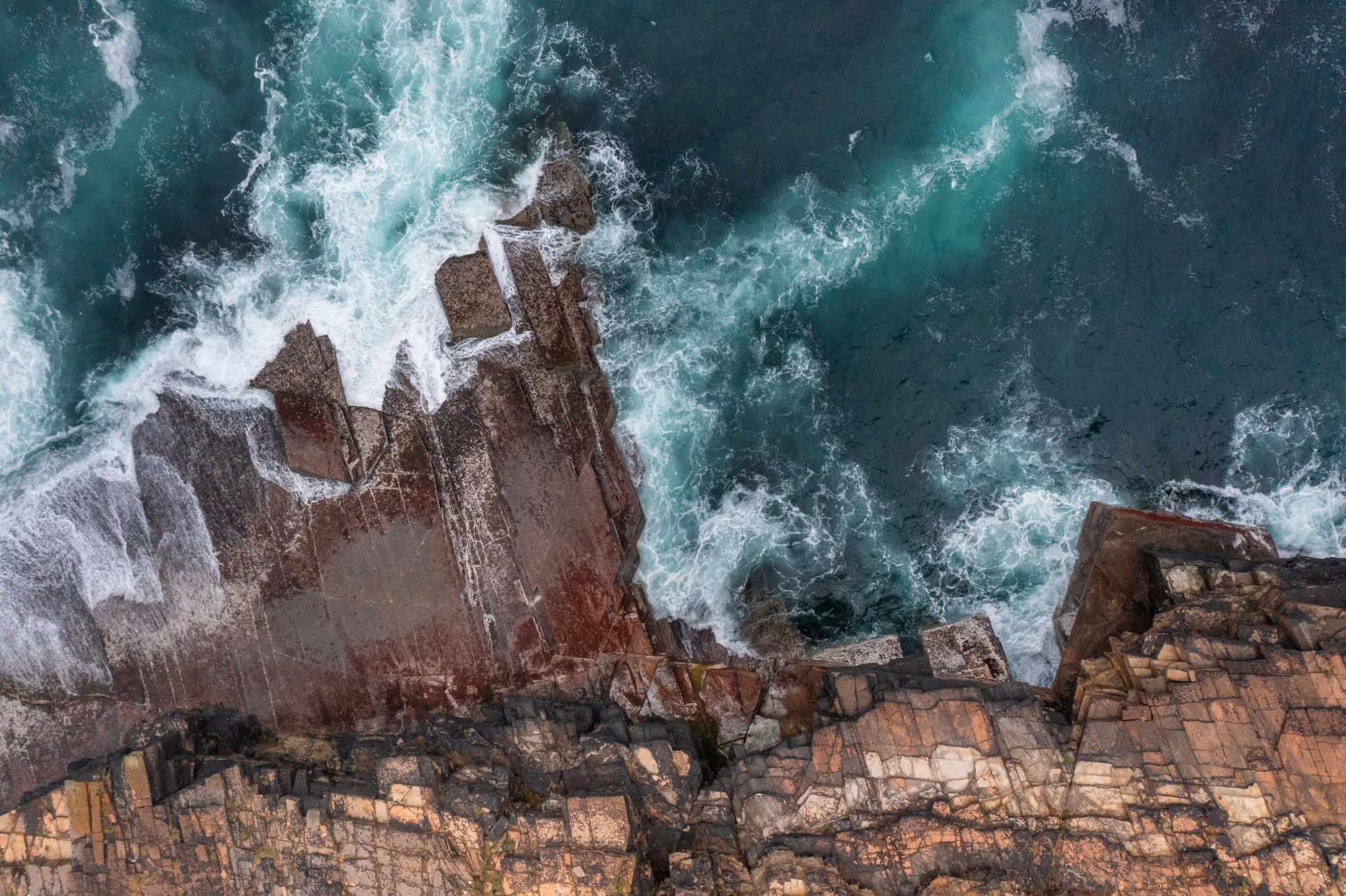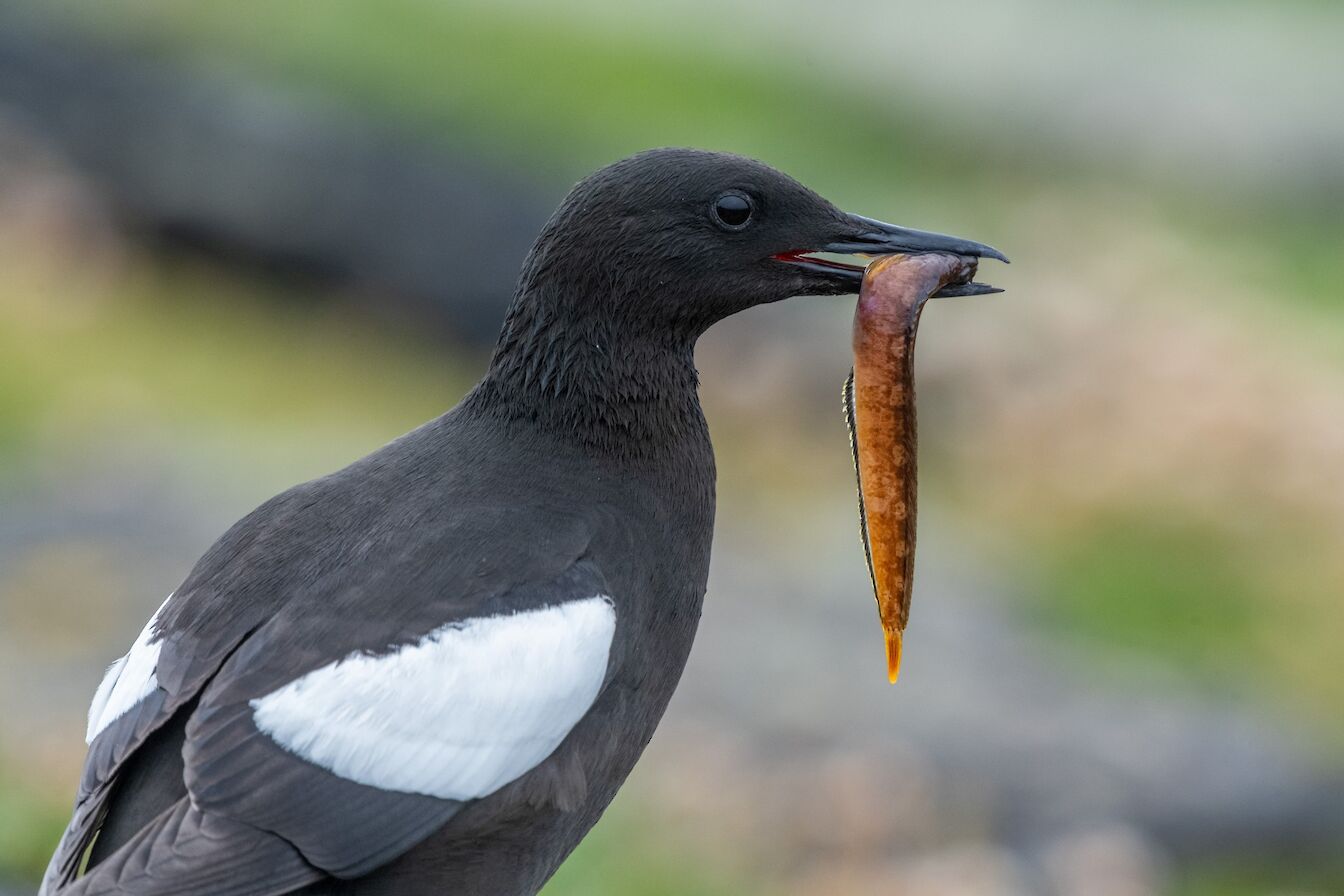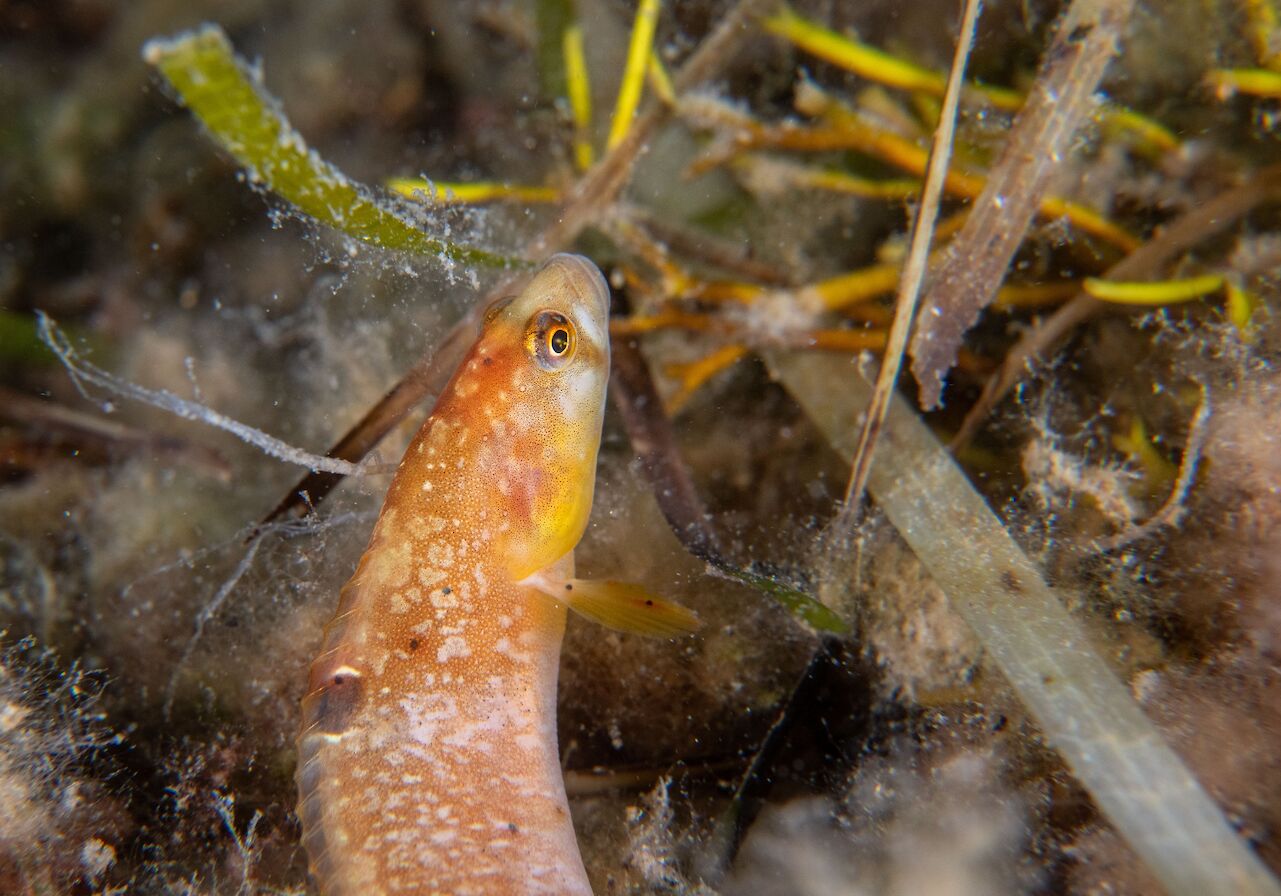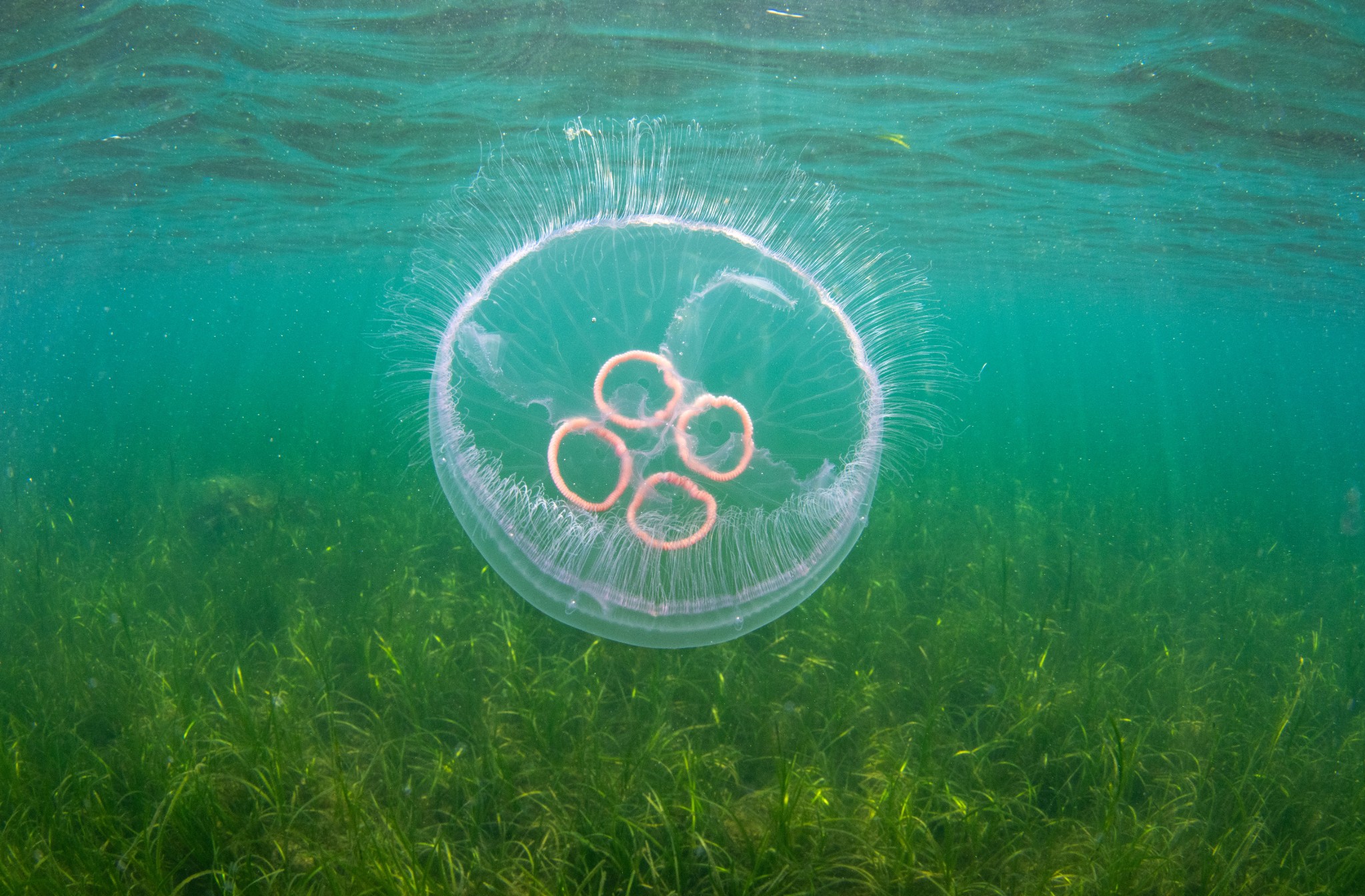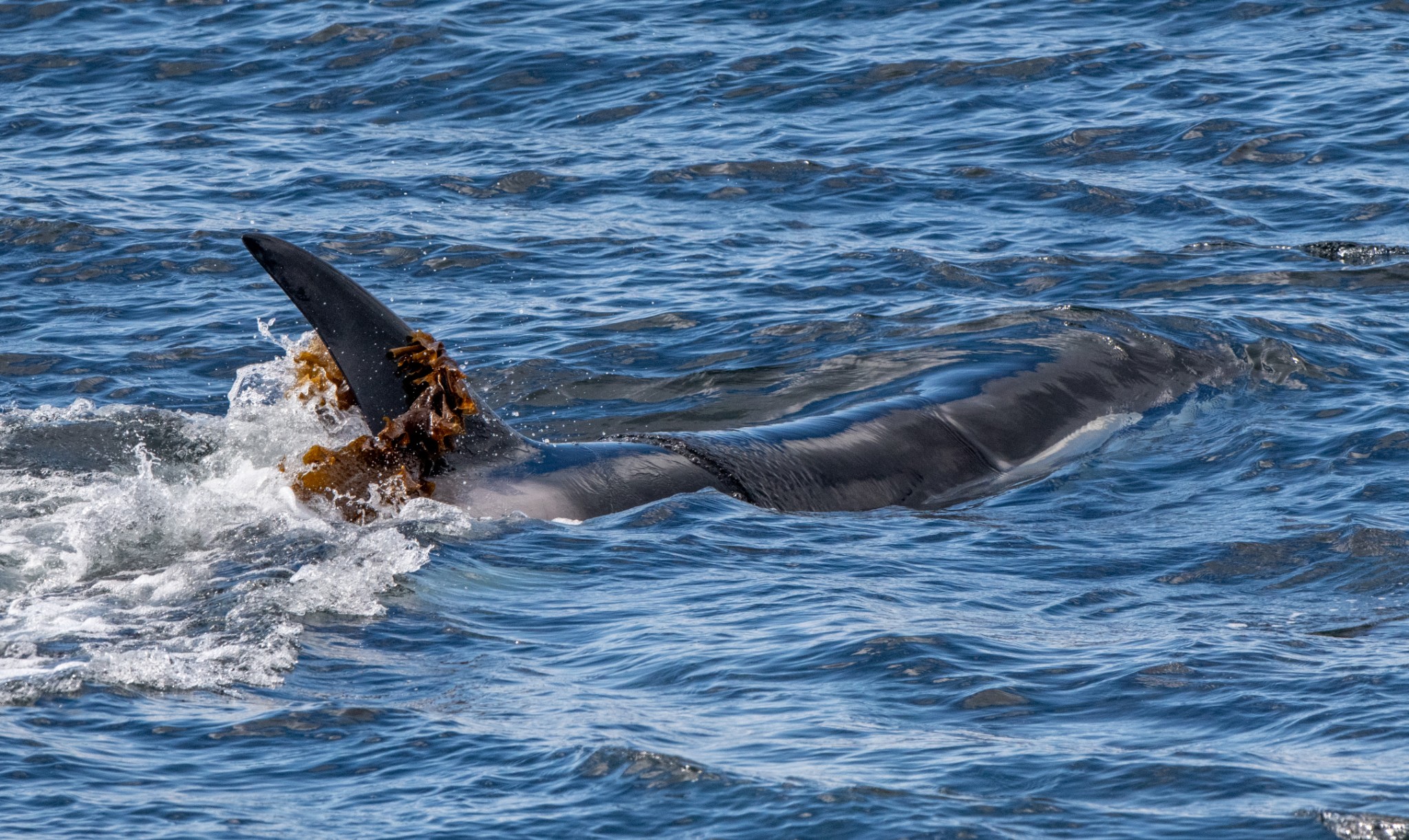As I type I can hear the pitter patter of rain on the window, this in itself is one of the rarer things to have seen and heard this summer given how exceptionally dry it has been.
One of the stranger things I’ve struggled a little with whilst we’ve had this beautiful weather has been how I use my time effectively.
I, like everyone else, have my favourite species so I’ve tried not to get too distracted by the busy nature of the summer and concentrate on some birds and animals I really enjoy to observe and photograph. One did elude me but that will have to go on the ‘still hope to see this summer’ list!
The calm, dry and sunny weather has meant beautiful sunrises and sunsets galore. At this time of year that means a rising sun somewhere around 4.00am and so it’s actually light enough to photograph well before that, whilst the sun dips below the horizon around 10.30pm. I can’t keep up a schedule like that for weeks on end - I’m someone who definitely needs sleep!
What being up in the early hours reminds you of though is just how harsh the light feels shortly after the sun has risen if the sky is clear. I recently made my way to Orkney’s west coast and the spectacular cliffs around Yesnaby, rising very early to make it before sunrise. Numerous brown hares fed in the growing barley fields and a short-eared owl sat motionless on a fence post.
The main bird however using the fence posts on the road to Yesnaby were oystercatchers, diligently and noisily looking after their fledged chicks no doubt hidden somewhere nearby in the thick undergrowth.
When I arrive, there isn’t a soul here. I head north a little and just enjoy the scenery; despite being calm there is a reasonable Atlantic swell and so the air feels a little humid and heavy from the salt. A fledged wheatear flits from stone-to-stone whist a great skua, a bird species devastated by last year’s bird flu pandemic, skims over the cliff ledge and I’m hearted to see it.
Really though I’m here in the hope of photographing a flower with a very limited worldwide distribution, limited to Orkney and the north of Scotland in fact, the diminutive Scottish primrose. In Orkney it favours the very habitat in front of me, short cropped coastland or maritime heath. Only just two weeks ago I visited this very spot and didn’t see one Scottish primrose in flower, seeing only the distinctive light green-coloured rosettes.
The Scottish Primrose however gives you two chances to admire its lovely magenta flowers as it has two flowering periods, the second being now in late June into July. The bright yellow eye contrasts beautifully with the deeply saturated petals, of which there are five on each flower. The flowers really are small and so the fashion used to be to put a coin down next to it when photographing it in order to get a sense of scale.
I always wondered why we never did this with other flowers - there are plenty that are as small as the Scottish primrose! Being small though means photographically it requires a lot of magnification. For my images I used a Sigma 105mm macro lens and a full set of extension tubes, a cheap and effective technique in macro photography. Until now the light was nice and soft, but some light cloud was masking the sun a little. Now that it’s risen above them, I can see the petals casting shadows on one another and that is my cue to stop. If I had only just arrived, I’m sure the light would have seemed soft enough but my eyes have been attuned since sunrise so it’s time to head home for some coffee.
The seabird breeding season is in full swing though it’s a mixed bag as always with some species doing better than others. Possibly my favourite seabird is one which is impossible to misidentify - the black guillemot - better known in Orkney as a ‘tystie’. There is such beauty in the simplicity of its plumage - jet black all over besides two pure white wing bars and impossibly bright red legs and gape.
Unlike its cousin, the common guillemot, it doesn’t nest side by side on open ledges, rather amongst boulder fields, crevices in cliff faces and in suitable cracks to be found in piers. You might hear it before you see it, a rather plaintive whistle which can be heard above the crashing waves.
One of the things I like to do is to try and see what kind of prey it is bringing back for its chick, or chicks, as their clutch is sometimes two eggs. Other auks, like razorbills and puffins, generally target free swimming fish in the upper levels of the ocean, sand eels are of course a favourite whilst species like sprat are also taken.
Black guillemots however fill a different niche altogether, targeting fish that live in kelp forests and species in nearby benthic habitats. I’ve seen them arrive back with dragonets, with their flash of electric blue, a little cuttle (also known as bobtail squid), shrimp, saithe (or sillocks as we call them), flounder and eelpout. All these species suggest that the black guillemot is hunting at or on the sea floor.
There is one species of prey above all others that they seem to come back with, the butterfish, or rock gunnel. Someone once said to me they thought they had seen a black guillemot with a carrot in its beak (I still can’t tell whether they were being serious or not). It was of course a butterfish, a fish that can reach 25cm in length and has an orange body like a flattened eel. Its head has the thick downturned lips common to the blenny family of fishes, though the butterfish itself is ‘blenny-like’ rather than a true member of the family.
I’ve often felt sorry for this fish as more often than not when filming otters I see one return to the surface with a butterfish. The species must be very abundant and as such forms an important part of the diet of both species. I was really pleased to see one recently whilst swimming amongst a seagrass bed. The edges of the meadow in particular where it met the muddy sand seemed important for a range of small fish species, the butterfish included.
If you’re wondering why it’s called a butterfish, it’s a result of its greasy skin. The term ‘as slippery as an eel could just as easily be ‘as slippery as a butterfish’.
Another favourite species I saw whilst snorkelling in the seagrass was the moon jellyfish. They seemed to be everywhere I turned, it was relaxing and mesmerising floating amongst them, their delicate bodies pulsing as they travelled with the current.
The moon jellyfish has a fringe of short tentacles around its ‘umbrella’, essentially its dome-shaped body, and can capture food with them. They contain stinging cells though not enough to bother people, but the most striking feature of the moon jellyfish is the four bright pink circles in the centre of its body, its reproductive organs.
Another marine species that I’m keen to see this summer is the killer whale, or orca. Such is the interest in these charismatic animals and the number of eyes looking seawards for cetaceans, the chance of seeing one should they arrive is actually pretty high. Check out the Orkney Cetacean Group and Orkney Marine Mammal Research Initiative pages on Facebook for more information and for keeping up to date with sightings.
There are several ‘semi-resident’ pods that work their way around the north coast of Scotland, Orkney and Shetland, and sometimes farther afield. These groups all have a pod number and the individuals within them are also numbered in order to identify them. I was lucky to have a brief close encounter with the pod known as the ’27’s’ in late April.
It’s no wonder people feel a sense of closeness to them, or dare I say it even pride when you can identify an animal you’ve seen before. As the pod powered through a kelp bed close to shore, I could make out the distinctive nick in the tall dorsal fin of the bull known as #34. I had seen this nick last summer whilst tying to film orca in Shetland, #34 cruising in shallow water as the pod hunted seals in St Magnus Bay.
They lived up to their reputation as frustrating creatures - they are wild and very mobile predators after all. Two days later there was another sighting of the pod…all the way home, back in Orkney. Whilst sightings of orca have been a little scarce this summer there have been plenty of sightings of risso’s dolphin, minke whale and porpoise. Keep scanning, you just never know.
Find out more about Raymond’s work via his official website. You can also find him on Facebook, Twitter and Instagram.
